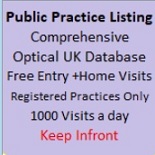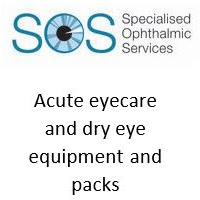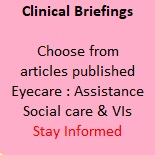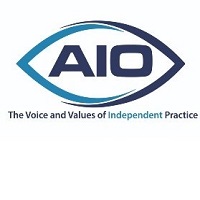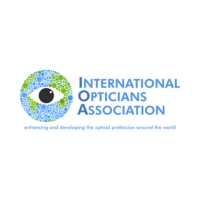General News
Optometrists issue warning to motorists
Optometrists issue warning to motorists
Storms, flooding, heavy rain, snow, black ice, fog and darkness all make for a perilous drive in the winter months.
The Association of Optometrists are reminding motorists to take extra care by sharing winter driving advice as latest research reveals most optometrists (85%) continue to see patients whose vision falls below the legal standard, with over half (56%) reporting that they’ve seen more patients driving without an up-to-date prescription after delaying their sight test during the pandemic.
Almost 60% of the 1127 practising optometrists surveyed said that they’ve recently seen patients who are unable to meet the required driving standard using glasses or contact lenses lenses, but continue to drive. And half (49%) of optometrists’ state that the public are simply unaware of the dangers of driving with poor vision.
Optometrist and spokesperson for the Association of Optometrists, Henry Leonard explains why having good vision plays such an important role in safe driving, especially in winter: “Being able to see clearly is essential to safe driving – it’s not just about what’s happening in the road immediately in front of you – poor vision impacts your ability to read road signs, see what’s happening in your peripheral vision, as well slowing your reaction times.
“Unfortunately, many serious driving accidents occur in the winter months, when driving conditions are worse and drivers’ vision becomes more limited, so it’s important you give yourself the best possible chance to avoid the dangers. Optometrists are trained to make sure your vision is corrected to the highest standard possible and can help you tackle the challenges associated with driving in difficult conditions.”
The Association of Optometrists is sharing six winter-driving tips to help keep road users safe:
- Have a sight test
Have a sight test at least every two years, or more often if your optometrist recommends it. It’s the best way to identify if your vision has changed and if you need an up-to-date prescription.
Your optometrist will also be able to identify and manage eye conditions – which are usually much easier to treat if picked up early.
- Keep your windscreen and headlights clean
Road visibility is affected by the transparency of the windscreen as well as the brightness and range of your headlights – both can obstruct your view, if dirty.
- Look away from headlights
Looking directly at oncoming headlights can leave you dazzled for up to five seconds.
Avoid looking at the headlights of oncoming traffic if possible. If it does happen slow down and, if possible, stop driving until these effects have worn off.
- Wear the right eyewear
Low-lying sun in the winter can cause glare and make it difficult to drive. If you’re finding it hard to see when driving, your first port of call should be your optometrist to investigate. But visual problems from glare can be lessened by using prescription sunglasses in the daytime, as well as certain lens types and coatings designed for driving.
- Dim the dashboard
A bright dashboard will hinder your vision, so use the dimmer switch, if you have one.
- Don’t be a drowsy driver
Driver fatigue may be a contributing factor in up to 20% of all UK road accidents.
Ensure you are rested when driving, and try to avoid driving between midnight and 6am.







